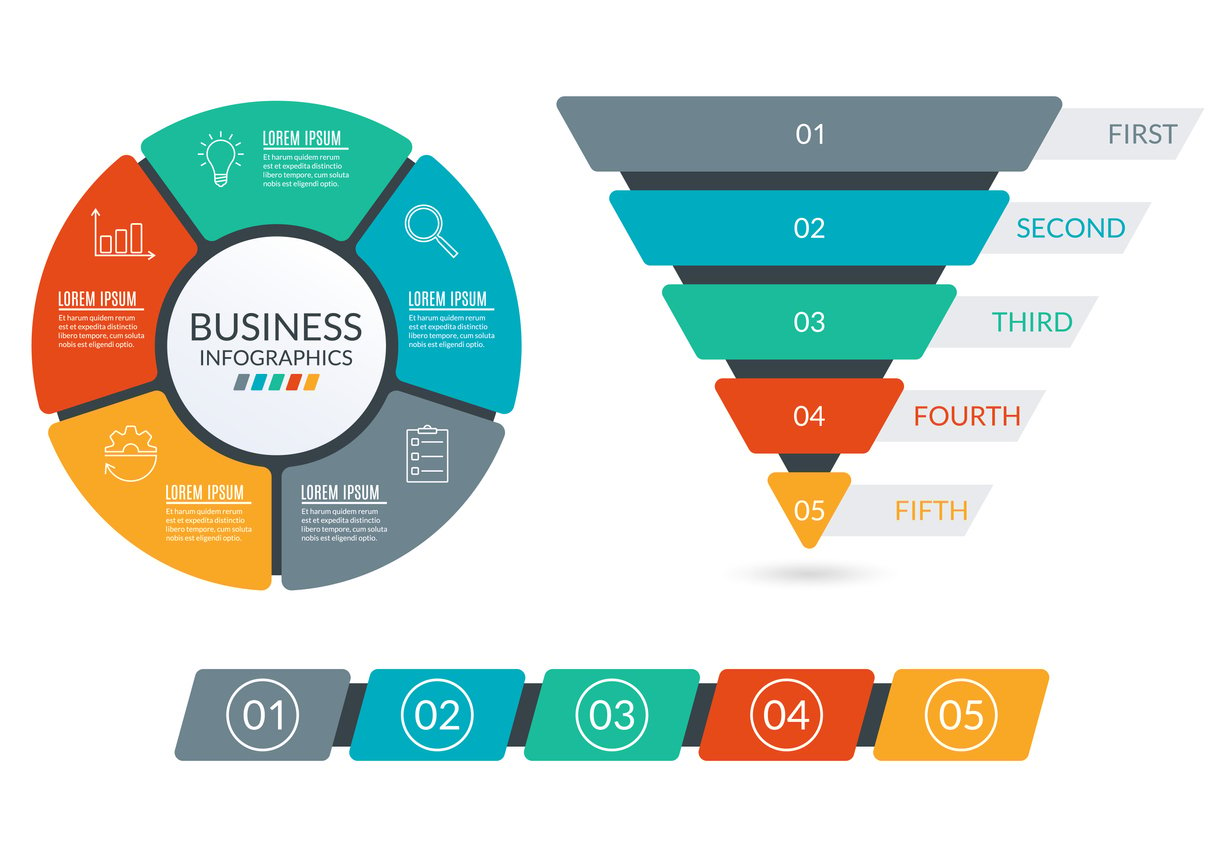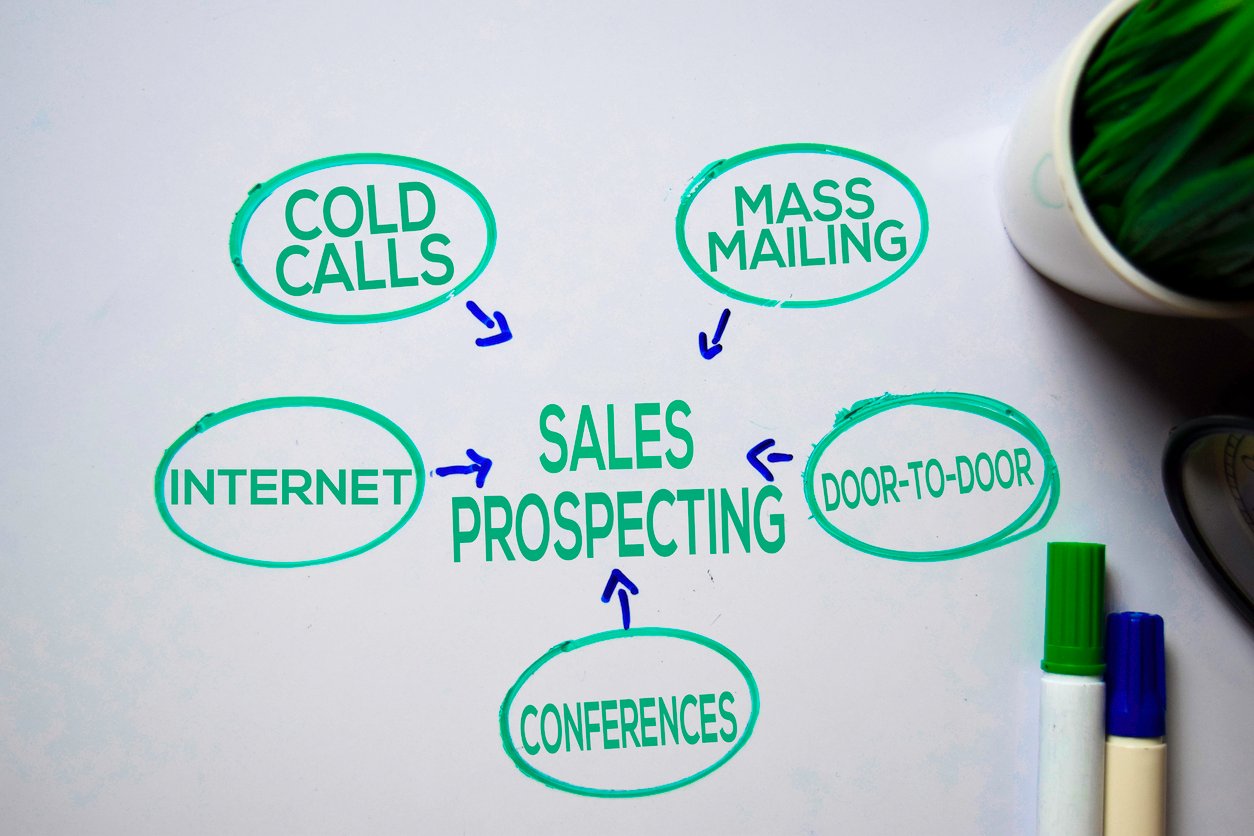
15 Practical Strategies to Increase Sales in 2025
 Updated on
Updated on
 By Carlos Correa
By Carlos Correa
Carlos Correa
Carlos has been involved in the sales space for well over ten years. He began in the insurance space as an individual sales agent, managing teams as s...
learn more
Carlos Correa
Carlos has been involved in the sales space for well over ten years. He began in the insurance space as an individual sales agent, managing teams as s...
Table of Contents
Table of Contents
Stagnation is a dirty word in the business world. You don't want your business to be stagnating. You want it to be expanding.
And to do that, you need to increase your sales.
Increasing sales is essential for generating more revenue, which not only helps you pay off debts, a reality for many small businesses, but also enables you to grow your company. (As of 2024, 70% of small businesses were reported to have debt.) Yikes!
But there's good news. A recent business report found that 64% of businesses are profitable in 2025, and your goal is to be one of them.
But how?
Buckle up because we're about to tell you how to increase sales with our seven practical strategies.
The Importance of Sales Improvement Strategies
Gone are the days when salespeople could rely solely on phone calls and handshakes. Customers now bounce between email, social media, websites, and text before making a decision.
That means your sales improvement strategies need to be smarter, faster, and more personalized than ever before. Let's break down why.
Sales Success Depends on Multichannel Coordination
If you're only relying on one channel, say, email, you're already leaving money on the table. Research shows that companies using at least three channels in their outreach see engagement rates jump by as much as 287%. Why? Because prospects want to connect on their terms. Some prefer email, others respond to text, while others might engage through social ads.
Here's how multichannel coordination plays out in practice:
- Consistent Messaging Across Platforms: Whether your prospect checks LinkedIn, email, or SMS, the brand voice and value proposition should feel seamless. Consistency builds trust and keeps you top of mind.
- Right Channel, Right Time: A "We missed you" text after a demo no-show feels personal. An automated LinkedIn follow-up two days later feels proactive. Together, they keep the conversation alive without coming across as pushy.
By aligning outreach across channels, you're not just increasing visibility, you're creating a smoother path to conversion.
CRM and Sales Tech Now Play a Pivotal Role in Response Time, Targeting, and Conversion
Even the best marketing strategies to increase sales will flop if you can't act quickly. Today's buyers expect instant replies and personalized touches. That's where CRM platforms and modern sales technology come in.
With the right tech stack, you can:
- Respond Faster: Studies suggest that responding to leads within five minutes makes you 21 times more likely to qualify them. Automated alerts, smart routing, and integrated chatbots ensure you're never late to the party.
- Target Smarter: CRMs let you segment customers by behavior, demographics, or deal stage, ensuring your strategies to improve sales reach the right audience with the right offer.
- Convert More Efficiently: Features like predictive analytics and lead scoring highlight which prospects are ready to buy, so your team spends less time guessing and more time closing.
Buyer Journeys Are More Fragmented, Digital-First, and Self-Directed
Here's the truth: customers now do about 60% of their research before ever speaking with a salesperson. They scroll through reviews, watch explainer videos, and compare competitors online.
That means your sales improvement strategies need to meet them long before the first sales call. If your business isn't visible, responsive, and engaging during these early touchpoints, chances are you'll lose them to a competitor who is.
Companies Must Combine Strategy + Automation + Personalization to Stay Competitive
The best business strategies to increase sales aren't about choosing between automation or personalization. Instead, they're about marrying the two. Automation ensures you never miss a beat, while personalization makes every interaction feel like it was crafted just for that customer. Think of it as a dynamic duo: automation handles the heavy lifting, personalization brings the human touch.
When companies strike this balance, they unlock scalable strategies to increase sales volume while still making every prospect feel like a priority. That's how you build loyalty, shorten sales cycles, and outpace the competition.
How to Develop Strategies to Increase Sales
Building strategies to increase sales involves creating a plan that blends proven methods with modern buyer expectations. To make it practical, here's a quick table of actionable tips you can start applying right away:
|
Step |
Description |
|
Consider Your Past |
To move forward, you first need to look back. Analyze your company's sales in the past: what did the numbers look like, what failed, what succeeded, and why? You'll need to be logical, analytical, and reflective. |
|
Consider Your Industry |
How is your industry doing as a whole? Is it trending up or trending down? What are the popular trends right now in your industry? Do they work? Can you use them? |
|
Consider Your Team |
You'll want to be very honest with yourself on the strengths and weaknesses of your sales team, as a team and on an individual level. What are they best at? What are they good at? What do they struggle with? What are they bad at? Where are their blind spots? Can they be worked on? |
|
Consider the Future |
Where do you want your company to be in a year? In five years? In ten? You'll want to consider this when determining how much your company wants to grow. |
Top Challenges with Traditional Sales Growth Strategies

While tried-and-true approaches like cold calling and blanket email campaigns once delivered results, today's buyers are harder to pin down. They're busier, more skeptical, and armed with endless information at their fingertips.
That's why many traditional sales improvement strategies fall flat. Let's break down the top challenges that companies face, and why modern business strategies to increase sales require a smarter, tech-enabled approach.
1. Information Overload and Decision Fatigue
Your prospects aren't starved for information. They're drowning in it. From comparison websites to social ads to endless sales emails, buyers are constantly bombarded with pitches.
The irony? More information doesn't necessarily mean better decisions. Instead, it often leads to "decision fatigue," where potential customers stall or ghost altogether.
Here's where effective marketing strategies to increase sales come in:
|
Strategy |
Description |
|
Simplify Your Messaging |
Cut the jargon. Clear, concise offers win attention faster than long-winded pitches. |
|
Position Yourself as the Guide |
Instead of adding to the noise, frame your outreach as a shortcut to clarity. Being the trusted advisor sets you apart from the competition. |
2. Delayed Follow-Up or Missed Opportunities
Here's a painful truth: a lead left unattended for even a few hours can go cold. Traditional sales growth strategies often relied on manual callbacks or email replies, and today, that's too slow.
That's why the best strategies to improve sales weave in automation and multichannel follow-ups. A quick text after a form fill, a same-day call, or an automated email reminder shows prospects you're responsive and reliable. Speed doesn't just impress. It converts.
3. Disconnected Sales and Marketing Teams
You can't win the revenue game if your players aren't on the same page. When sales and marketing run in silos, buyers get mixed signals. Imagine marketing promising "affordable solutions" while sales pushes premium-only packages. That mismatch kills deals and destroys trust.
Modern business strategies to increase sales hinge on alignment. Shared goals, unified messaging, and integrated tools (like a CRM that both teams live in) ensure every prospect gets a consistent story.
When sales and marketing collaborate, pipeline velocity improves, and customers stop slipping through the cracks.
4. Inconsistent Customer Experience
If your outreach feels polished on email but clunky over text, or worse, nonexistent on mobile, you're creating friction. And friction is the fastest way to send prospects running to competitors.
The best sales improvement strategies focus on smoothing every touchpoint. Whether it's confirming an appointment with a quick SMS, following up via email, or providing real-time updates in a CRM portal, consistency builds confidence. Remember: consistency sells.
5. Lack of Personalization at Scale
Personalization is the new currency of trust. Yet, many companies still lean on outdated "Dear Customer" templates blasted en masse. The result? Outreach that feels spammy instead of smart.
True increasing sales strategies combine automation with intent. That means segmenting audiences, tailoring messages to behavior, and using data-driven insights to anticipate needs.
For instance, an automated email that recommends a product upgrade based on a customer's usage pattern feels helpful, not intrusive. Get this balance right, and personalization becomes your unfair advantage.
15 Sales and Marketing Strategies to Increase Sales in 2025

The rules of selling are changing fast, and businesses that cling to outdated methods risk being left behind.
Below are 15 practical sales and marketing strategies to increase sales in 2025, each designed to help you close more deals, boost customer loyalty, and outpace competitors.
1. Use AI for Lead Scoring and Prioritization
Predictive lead scoring models help your sales team focus on the prospects most likely to convert, instead of chasing cold leads.
Companies that implement AI-driven lead scoring often see conversion rates rise by 20–30%, proving this is one of the smartest business strategies to increase sales right now.
2. Automate Outreach with Text Messaging

Let's be real: email inboxes can be graveyards. SMS, on the other hand, boasts open rates above 90%. Platforms like Ringy make it easy to automate follow-ups, appointment reminders, and promotions directly to prospects' phones.
Here's why SMS is such a powerful strategy to improve sales:
- Higher engagement: Texts are read within 3 minutes on average.
- Convenience: Buyers don't need to check a cluttered inbox.
- Scalability: Automation tools let you reach thousands without losing the personal touch.
3. Create a Multi-Channel Sales Cadence
Today's buyers rarely say yes after just one touchpoint. That's why a planned, multi-channel cadence, including mixing calls, emails, LinkedIn messages, and texts, is essential. By spreading out your outreach across different mediums, you keep your brand top-of-mind without overwhelming prospects.
4. Implement Personalized Drip Campaigns
Generic "just checking in" emails are dead weight. Instead, use drip campaigns that adapt to buyer behavior. For example:
- If a prospect downloads a case study, follow up with a related testimonial.
- If they attend a webinar, send a tailored checklist afterward.
- If they abandon a demo sign-up form, trigger a reminder with an incentive.
This dynamic flow makes your increasing sales strategies feel personal rather than robotic.
5. Upskill Your Sales Team with AI-Powered Coaching
Sales coaching no longer has to wait for quarterly reviews. Tools like Gong and Ringy's analytics can break down every call, highlighting which reps are asking the right questions and where they're losing prospects. This real-time feedback helps your team improve faster, making coaching one of the most valuable sales improvement strategies for long-term growth.
6. Improve Your Sales Funnel Visibility
Blind spots in your sales funnel lead to stalled deals. With CRM automation, you can track every stage, including awareness, evaluation, and decision, and flag bottlenecks. Think of it as installing traffic cameras in your pipeline: you see exactly where prospects get stuck, so you can clear the road to conversion.
7. Leverage Social Proof in Real-Time
Trust is currency, and nothing builds it faster than social proof. The trick is sending it at the right time.
- After a discovery call? Text a relevant case study.
- Just before a pricing discussion? Share a customer testimonial.
- During contract negotiations? Send review snippets that highlight ROI.
These timely nudges can push hesitant buyers over the finish line.
8. Offer Limited-Time Incentives via SMS
Scarcity works. Combine it with the immediacy of SMS, and you've got a close-rate accelerator. A quick "This offer ends tonight" text can move a deal that's been dragging. Just don't overdo it because scarcity loses its punch if everything's "limited time."
9. Align Sales and Marketing Goals
One of the most overlooked strategies to increase sales volume is simply making sure your sales and marketing teams aren't operating in silos. Shared KPIs, joint dashboards, and unified messaging keep everyone rowing in the same direction. The payoff? Faster pipelines and fewer missed opportunities.
10. Focus on Customer Retention, Not Just Acquisition
Acquiring a new customer can cost up to five times more than retaining an existing one. That's why the smartest increase sales strategies in 2025 double down on retention. Automated check-ins, cross-sell campaigns, and loyalty rewards keep revenue flowing without the constant pressure of chasing fresh leads.
11. Shorten the Sales Cycle with Interactive Content
Static brochures are boring. Interactive tools like ROI calculators, quizzes, and instant demo schedulers give prospects a hands-on reason to engage faster. When buyers can see personalized value upfront, decision-making speeds up dramatically.
12. Localize Messaging Based on Area Codes or IP
Here's a clever one: using local area codes or IP-based personalization. Ringy's local presence texting, for example, boosts response rates because prospects are more likely to reply to a familiar number. This subtle tweak makes your outreach feel more trustworthy and less "salesy."
13. Automate Post-Sale Follow-Ups
Closing the deal isn't the end. In fact, it's the start of retention. Therefore, you should automate follow-ups to request reviews, send onboarding tips, or deliver satisfaction surveys. These small touches improve customer experience and increase the odds of repeat sales.
14. Track Micro-Conversions, Not Just Deals
Pipeline health isn't only about closed-won deals. Tracking micro-conversions gives you a clearer picture of momentum. Key signals include:
- Reply rates to emails or SMS.
- Demo signups vs. demos attended.
- Proposal opens and quote views.
Monitoring these micro-moments lets you tweak campaigns early instead of waiting until the end of the quarter.
15. Test and Optimize Subject Lines and SMS Hooks
Never assume your first draft is the winner. A/B testing subject lines, SMS openers, and even call scripts can uncover surprising insights. Sometimes a two-word tweak doubles your response rate. That's why constant testing is one of the simplest but most powerful sales improvement strategies you can adopt.
In Conclusion

It's important to develop strategies to improve sales for your business because it's important to stay expanding. You may need to expand
- Because you owe debt
- Due to inflation
- Because you want to increase revenue
- Because you have specific things you want to acquire for your business
And we've laid out seven strategies to get you started.
So, get started with strategy one and contact Ringy to discuss your CRM needs or request our free demo.

Skyrocket your sales with the CRM that does it all.
Calling? Check. SMS? Check. Automation and AI? Check. Effortlessly keep in touch with your customers and boost your revenue without limits.

Take your sales to new heights with Ringy.
Sales in a slump? Ringy gives you the tools and flexibility you need to capture leads, engage with them, and turn them into customers.
Subscribe to Our Blog
Enter your email to get the latest updates sent straight to your inbox!
Categories
Related Articles



































































































